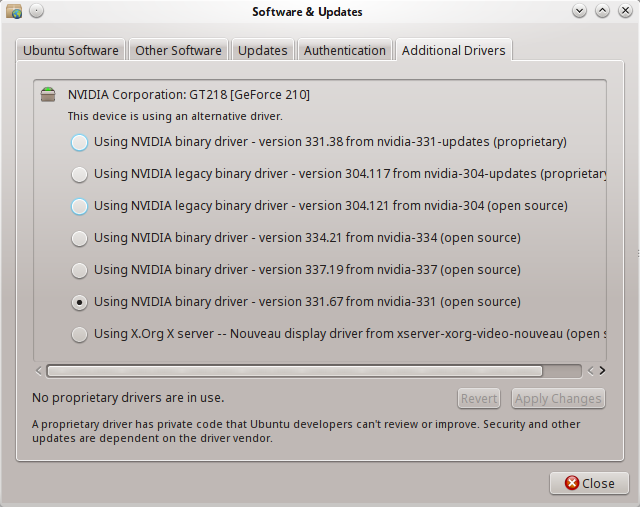


To the right of the “boot selection” option there is a button labelled “select”. The other selection options should be set to their defaults (MBR partition scheme, BIOS target system, FAT32 file system and default cluster size). You will also see an option to define a boot selection – choose “FreeDOS” – this is the option for creating a bootable drive. You should see Rufus automatically detect your USB drive in the uppermost drop-down menu – if not select it manually. In my last post (Ubuntu 16.04LTS on Lenovo t470p) I used Universal USB Installer but for variety this time I used Rufus. The next thing you need is a program for creating bootable USB drives. Remember where it has been saved to, probably your “Downloads” folder. Either way, download it to your hard drive, not to the USB drive. I am using Ubuntu 20.04 LTS, you may wish to use a different version if you are reading this in the future there may be a more recent LTS version, maybe you want to use a beta version or have some specific requirement for an older release. For an older version, see my post on dual-booting Ubuntu 16.04 TLS on a Lenovo t470p.įirst, download Ubuntu Desktop from here. You should have an empty >4GB USB drive available for storing the Ubuntu image. This post will assume you are working from a Windows 10 OS. I kept Windows on a smaller (250 GB) partition with the option to boot into either OS. This post shows step-by-step how I installed Ubuntu 20.04 LTS on a brand new Lenovo x1 Extreme Gen 2.


 0 kommentar(er)
0 kommentar(er)
